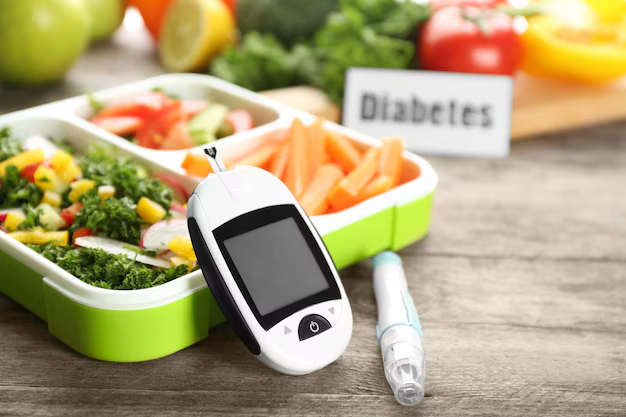Discover the Key Differences Between Type 1 and Type 2 Diabetes
Understanding the distinctions between Type 1 and Type 2 diabetes is essential for effectively managing these conditions. Although both diseases impact blood sugar levels and share some similarities, they have different causes, treatments, and implications on your lifestyle. Let’s walk through these differences to foster better awareness and management.
What is Diabetes?
To grasp the nuances between Type 1 and Type 2 diabetes, it's crucial to comprehend what diabetes entails. Broadly, diabetes refers to a chronic condition where the body struggles to regulate glucose (sugar) in the blood. Insulin, a hormone produced in the pancreas, plays a central role as it helps cells absorb glucose for energy. When insulin fails to function properly, blood sugar levels rise, leading to the complications that characterize diabetes.
Type 1 Diabetes: An Autoimmune Condition
Type 1 diabetes is primarily an autoimmune disorder. Here, the body’s immune system mistakenly attacks the insulin-producing beta cells in the pancreas. As a result, insulin production plummets or stops altogether, leading to elevated blood glucose levels. Type 1 diabetes often develops in childhood or early adulthood, so it was historically referred to as juvenile diabetes.
Management and Treatment:
- Daily insulin injections or use of an insulin pump.
- Regular blood sugar monitoring.
- Adhering to a balanced diet tailored to control blood sugar levels.
- Exercise to improve insulin sensitivity.
Type 2 Diabetes: A Lifestyle-Linked Condition
Type 2 diabetes is mainly linked to insulin resistance. In this case, the body still produces insulin, but it doesn’t use it effectively. This inefficiency causes sugar to accumulate in the bloodstream. Type 2 diabetes typically develops in adults over 45, though it is increasingly observed in younger people due to lifestyle factors.
Management and Treatment:
- Medication or insulin therapy may be required as the condition progresses.
- Blood sugar monitoring becomes essential.
- Comprehensive lifestyle changes including diet, weight loss, and exercise.
- Foods with low glycemic index are often recommended.
Key Differences at a Glance
| Aspect | Type 1 Diabetes | Type 2 Diabetes |
|---|---|---|
| Main Cause | Autoimmune attack on insulin cells | Insulin resistance and/or insufficient insulin production |
| Usual Age of Onset | Childhood/adolescence | Adulthood (increasingly younger ages due to lifestyle) |
| Symptom Onset | Rapid | Gradual |
| Insulin Production | Nearly none | Present but inefficient |
| Treatment | Insulin therapy is essential | Lifestyle changes, oral medications, and sometimes insulin therapy |
Understanding these distinctions can not only contribute to better treatment approaches but also help in identifying the most suitable support systems and resources.
In a world where managing medical conditions can be financially burdensome, recognizing appropriate support systems becomes vital. Below is a selection of options that can ease the financial load and provide avenues for assistance:
- 💼 Government Aid Programs: Medicaid and Medicare offer subsidies and coverage for diabetes management.
- 💳 Financial Assistance and Debt Relief: Programs like NeedyMeds and RxAssist provide free or low-cost medications.
- 🎓 Educational Grants and Scholarships: Scholarships for students with Type 1 or 2 diabetes to pursue higher education.
- 🏥 Non-Profit Organizations: American Diabetes Association and similar entities offer resources and help for diabetes patients.
Armed with knowledge and support, managing Type 1 or Type 2 diabetes becomes a more accessible journey to health and wellness.
